MF3d/Getty Images
By Nicolas Chaillan,
Founder & CEO of Ask Sage
By Nicolas Chaillan
|
COMMENTARY | The internal chatbot initiative is yet another example of taxpayer dollars being squandered
Once again, the government is venturing into territory it has no business being in — building custom software solutions that compete with proven commercial off-the-shelf products. The announcement of AI.Gov, a chatbot initiative spearheaded by the General Services Administration’s Technology Transformation Services and the Department of Government Efficiency — the very teams tasked with saving taxpayer money — is yet another example of taxpayer dollars being squandered on duplicative efforts that fail to deliver the value or innovation that commercial solutions already provide.
Let’s break this down.
A mandate ignored
The irony here is palpable. The same administration that signed mandates requiring federal agencies to prioritize COTS solutions is now doing the exact opposite. Federal Acquisition Regulations Part 12 explicitly require agencies to procure commercially available products rather than develop their own. Yet, AI.Gov — a custom-built chatbot — is being launched in direct violation of this principle. This isn’t just wasteful; it’s a blatant disregard for the rules designed to protect taxpayers and foster public-private collaboration.
Build vs. buy: Why reinvent the wheel?
The government’s track record with in-house builds is far from stellar. Time and again, we’ve seen internal projects rolled out with half the features, limited scalability and subpar user experiences compared to their commercial counterparts. AI.Gov appears to be no exception. According to reports, the platform will include an AI chat assistant; an API to connect with models from OpenAI, Google and Anthropic; and a console for agency-wide implementation analysis. While this may sound promising on paper, the reality is that these features are already available — and far more advanced — in existing commercial solutions.
What’s truly mind-boggling is the cost. Building and maintaining an in-house solution often ends up being more expensive than licensing a proven commercial product. And let’s not forget the hidden costs: delayed adoption, operational inefficiencies and the opportunity cost of not leveraging cutting-edge technology that evolves at the speed of the private sector.
The consequences of building inferior in-house solutions like AI.Gov extend beyond fiscal waste — they directly impact mission readiness. When agencies deploy subpar tools, they force warfighters and government employees to work with technology that doesn’t meet their needs, slowing down operations and creating inefficiencies. Worse, these tools often fail to scale or adapt to rapidly changing requirements, leaving teams stuck with outdated systems. Meanwhile, commercial solutions evolve at the speed of innovation, incorporating feedback from thousands of users across industries. By sidelining these proven technologies, the government is compromising the effectiveness of its workforce and the nation’s ability to respond to emerging threats.
Disincentivizing innovation
Not only does this approach take money out of taxpayers’ pockets, it actively disincentivizes the Defense Industrial Base and other commercial innovators. Private companies invest millions in security and compliance processes like FedRAMP and DOD authorizations to meet government standards. They do this in good faith, believing their efforts will be rewarded with contracts and partnerships. But when the government opts to build rather than buy, it sends a clear message: your investment doesn’t matter. This is how we lose first-mover startups, stifle innovation and ultimately weaken our national security.
The shadow AI problem
When government teams are forced to use inferior in-house solutions, they often turn to unauthorized platforms to get their work done. This phenomenon, known as Shadow AI, poses significant risks. Confidential information can be inadvertently shared, leading to data leaks and security breaches. By failing to provide secure, effective tools, the government is essentially driving its own employees into the shadows — a dangerous and entirely avoidable situation.
A better path forward
The solution is simple: embrace commercial technology. It’s time for the government to wake up and stop building inferior in-house solutions. Start leveraging the innovation and expertise of the private sector and put taxpayer dollars where they belong — into products and services that deliver real value.
Agencies should focus on augmenting existing platforms to meet their unique needs. For example, rather than building AI.Gov from scratch, GSA could have partnered with AI vendors to develop specialized agents for fraud detection, contract analysis, automation and other mission-critical tasks. This would have delivered tangible value to taxpayers and warfighters alike, while staying true to the government’s mandate to prioritize COTS solutions.
The launch of AI.Gov is a wake-up call for every agency that continues to waste taxpayer money on duplicative efforts. If we’re serious about winning against global competitors like China, we need to move faster, smarter and in partnership with industry. The government cannot afford to be a competitor. It must be a collaborator.
Nicolas Chaillan is a pioneering technology entrepreneur and public sector innovator. In 2023, Chaillan founded Ask Sage, a secure generative AI platform that achieved the rare distinction of receiving FedRAMP High authorization and DoD IL5, Il6 and Top Secret — making it one of the most trusted AI tools for U.S. government use. As the first chief software officer for the U.S. Air Force and Space Force, Chaillan led major modernization efforts including Cloud, DevSecOps adoption and zero-trust architectures.
